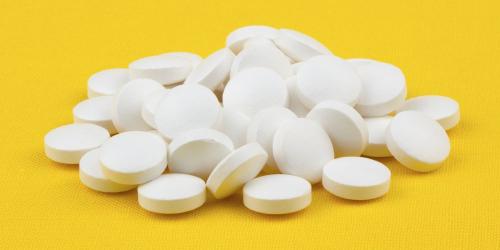Talc "Baby Powder", used by millions of people around the world, could be very expensive for Johnson & Johnson (J & J).
Monday, August 21, 2017, a court in Los Angeles (California, USA) sentenced the US cosmetics company to pay $ 417 million (353 million euros) to a woman who accuses their flagship product to have caused her ovarian cancer, diagnosed in 2007.
Aged 63, Eva Echeverria used this baby talcum powder daily for personal hygiene purposes between 1950 and 2016.
Baby Talc: Health Risks Concealed by Johnson & Johnson
"Mrs. Echeverria is dying of this ovarian cancer and she told me that all she wanted was to help other women all over the country who have ovarian cancer and who have used Johnson & Johnson Talc for 20 or 30 years, "said Mark Robinson, the plaintiff's lawyer.
The jury found that the mark did not sufficiently inform its customers about the risks associated with the use of talc using scientific studies. But also internal documents Johnson & Johnson, presented in a previous trial, which demonstrate that the group was fully aware of its potential health hazards.
"Johnson & Johnson had a lot of warning signs over a 30-year period but did not warn women who bought their product," added Mark Robinson.
4800 procedures in the United States: a health crisis announced?
Indeed, the pharmaceutical group is not his first financial compensation for the "Baby Powder" since nearly 4800 legal proceedings concerning it are currently underway in the United States.
In May 2016, a court in St. Louis, Missouri, USA, sentenced the firm, along with Imery's Talc, to pay $ 110.5 million to a woman with ovarian cancer since 2012. Three more Missouri juries had obtained damages of $ 72, $ 70.1 and $ 55 million respectively for other complainants.
Carol Goodrich, spokeswoman for Johnson & Johnson, said the company was going to appeal the Los Angeles jury decision. It is based in particular on a study by the American Cancer Institute which estimates that there is no "correlation between an exposure of the perineal region to talc and an increased risk of ovarian cancer."
However, since 2006 the International Agency for Cancer Research has been alerting to the carcinogenic risks of talc used on the genitals *.
A case to follow closely.
* www.cancer.gov/types/ovarian/hp/ovarian-prevention-pdq



